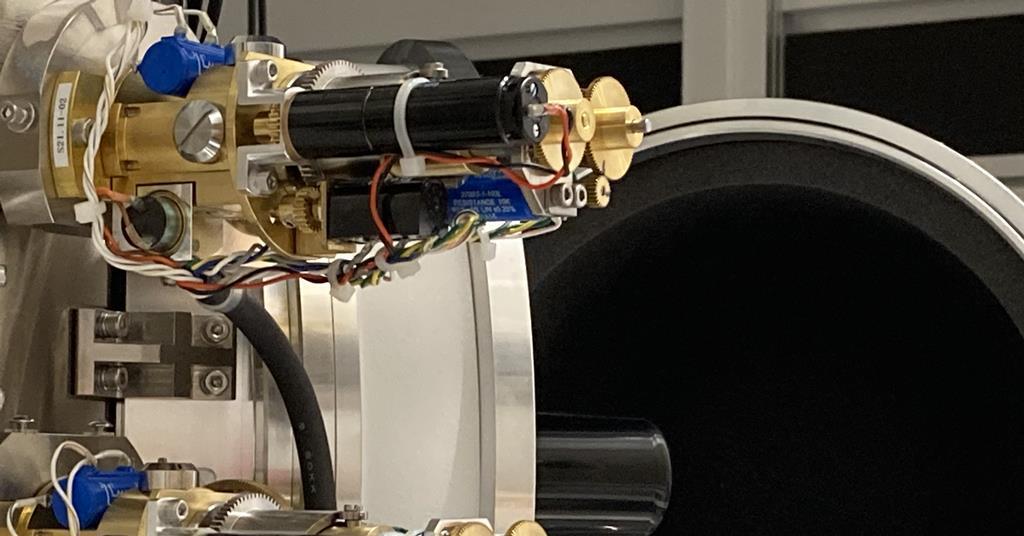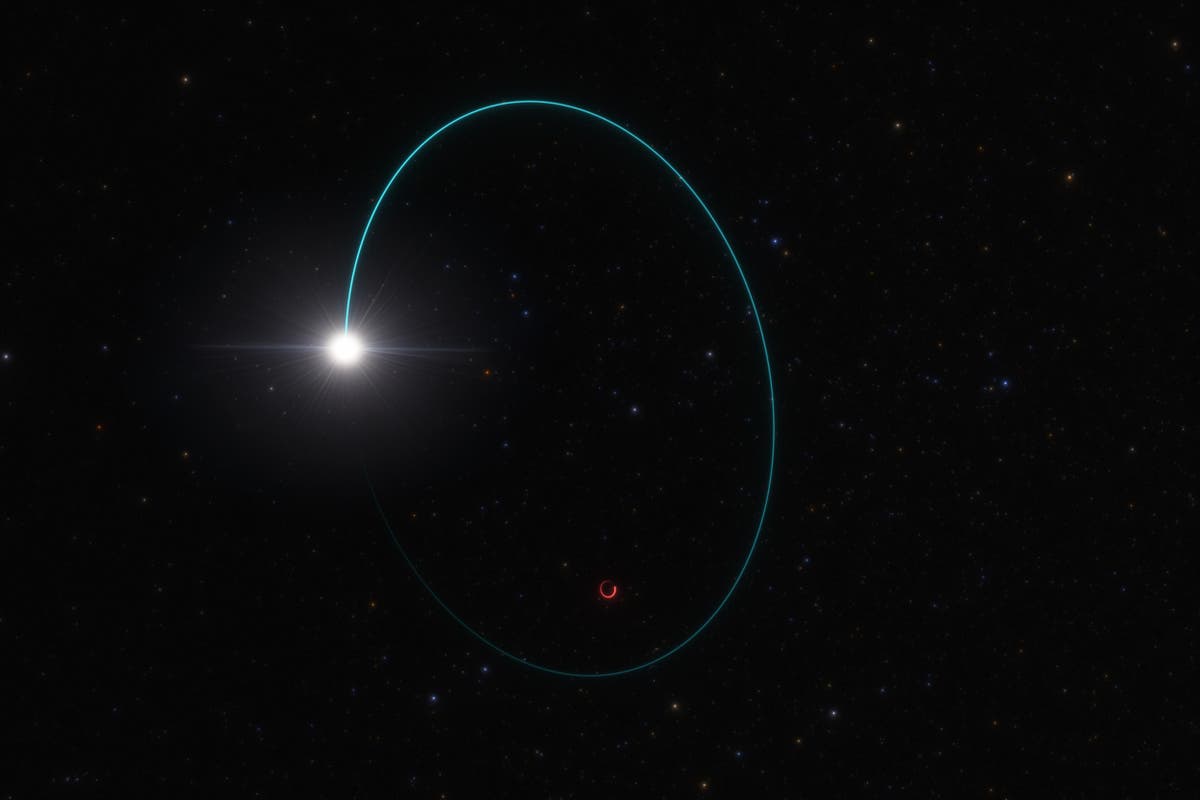
Money Talks: A Very Short History of Roman Currency
The impact of the Roman coinage system is self-evident all around the world. The denarius, for instance, inspired the pennies of medieval Europe, and found its name fossilised in the denomination marker d. of British pre-decimal coinage; much of the Arab world still uses a currency called the dinar. Even our shared understanding of what a coin should look like is firmly rooted in the Roman past. We take for granted our round, metal coins which depict a ruler or an important figure, curiously in profile, on the ‘obverse’ (front), and bear on the reverse a symbolic image, along with a legend naming the ruler and stating the denomination. Today’s coins are part of a tradition of close imitation that started in the early medieval period. Despite subsequent evolution, modern coinage has not deviated far from the stylistic template struck by the Romans – after some trial and error. That tale is told below.
Of course money is no Roman invention – but the English word itself comes from the name of the location of Rome’s first mint (a word which also derives from it): the temple of Juno Moneta. This epithet reflects local worship of a goddess called Moneta, who was gradually assimilated into the deity Juno, wife of Jupiter. What started as a remnant of religious worship gradually became synonymous for a mint and later, after the Roman period, for money itself.



/cloudfront-us-east-2.images.arcpublishing.com/reuters/GZTQDVBU7JPOBJ73LAELU52K4Q.jpg)

















